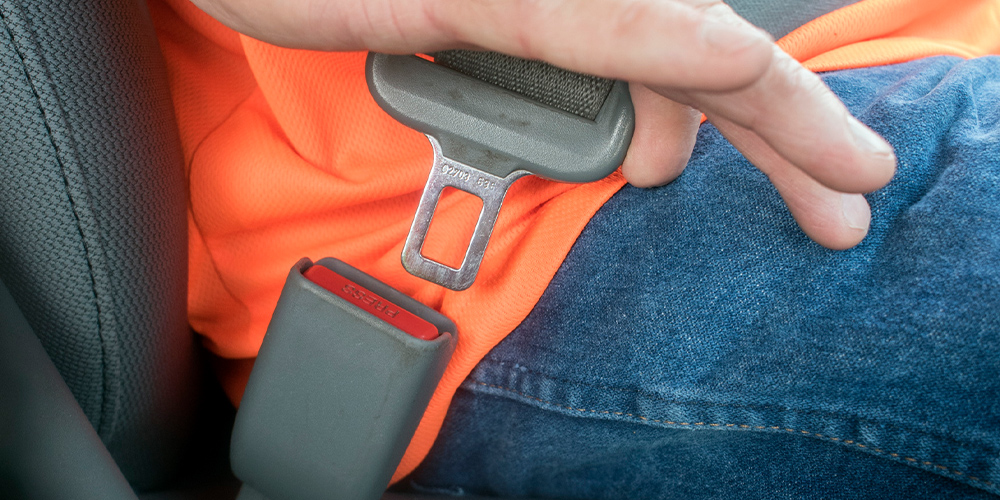Driving safety and laws

Seat belt safety guidelines
- Texas requires drivers and all passengers to wear seat belts.
- Ensure seatbelt fits snugly across the hips, not over the stomach.
- Ensure shoulder belt goes over the shoulder and across the center of the chest.
- Never tuck the shoulder belt underneath your arm or behind your back.
- Learn more about Texas seat belt laws.
Car seat safety guidelines
- Children must be secured in the appropriate car or booster seat.
- Birth to two years old: All infants and toddlers should ride in a rear-facing car seat until they are two years old, or until they reach the highest weight or height allowed by their safety seat's manufacturer.
- Over two years old: Any child two or older who has outgrown the rear-facing weight or height limit for a car seat, should use a forward-facing car seat with a harness for as long as possible, up to the highest weight or height allowed by their car seat's manufacturer. This also applies to any child younger than two years who has outgrown the rear-facing weight or height limit of their seat.
- Ages four to eight years old: Children whose weight or height exceeds the limit for a forward-facing car seat should switch to a belt-positioning booster seat. These children should remain in a booster seat until the vehicle seat belt fits properly, typically when they reach four feet and nine inches in height and are between eight and 12 years of age.
- Check car seat labels for exceptions and additional guidance.
- For additional guidance on finding and installing car seats, visit the National Highway Traffic Safety Administration.
- Learn more about Texas car seat laws.
Free car seat checks
- TxDOT offers free car seat checks at its 25 district offices across the state. Find the nearest location at Save Me With a Seat.
Safety campaign
- See our Click It Or Ticket and Child Passenger Safety campaign.